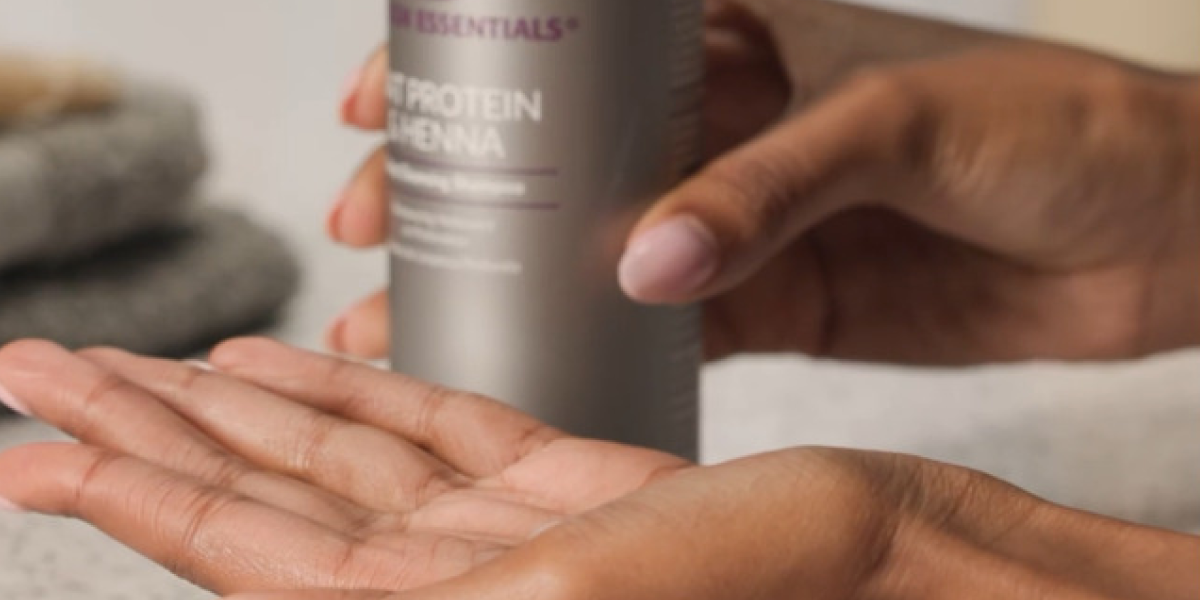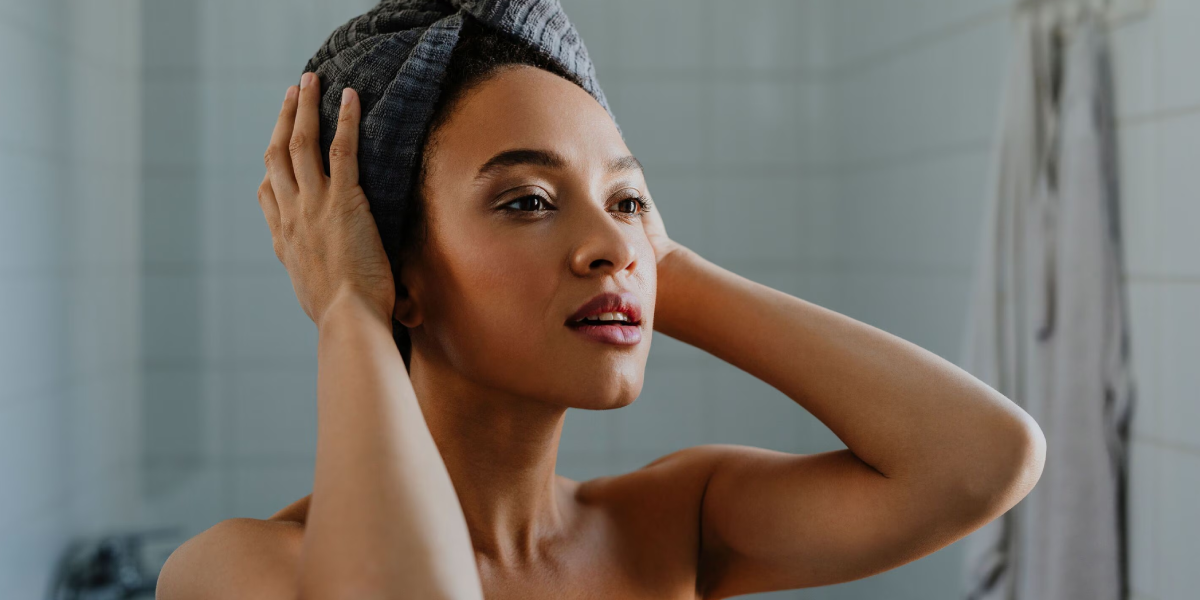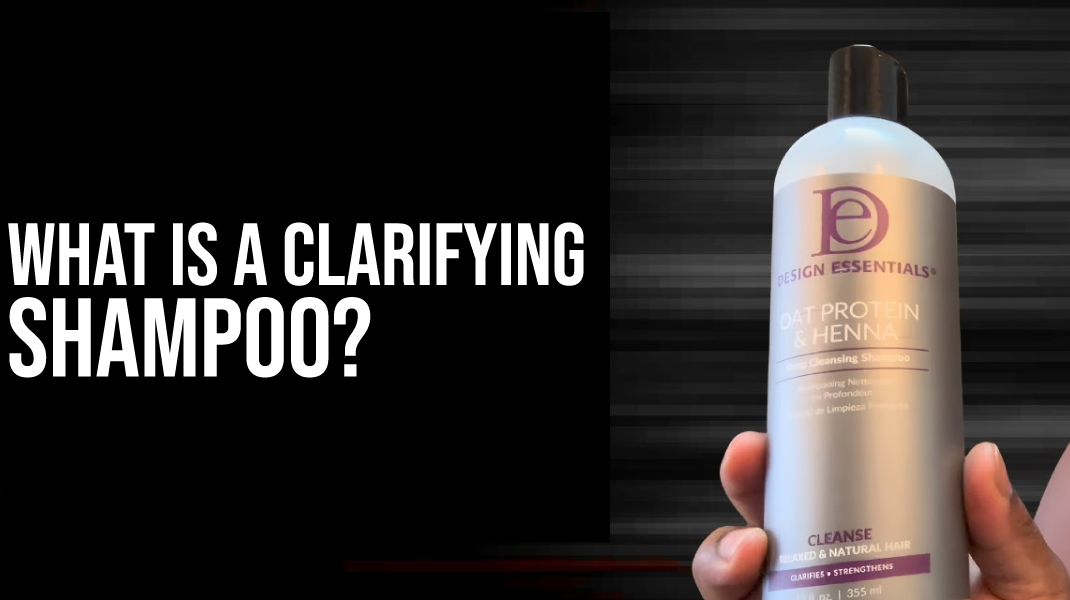If your hair feels heavy, dull, or greasy even after washing, your regular shampoo might not be enough. That’s where a clarifying shampoo comes in. So, what is a clarifying shampoo? It’s such kind of shampoo that goes deeper than a traditional shampoo, helping remove stubborn dirt, product buildup, and oils.
This blog explains what a clarifying shampoo does, whether it’s safe, how often to use it, and which type may be best for your hair — like clarifying shampoo for curly hair, fine hair, or oily hair.
Let’s get into the details.
What is a Clarifying Shampoo?

A clarifying shampoo is a special kind of shampoo made to deep-clean your hair and scalp. Unlike traditional shampoo, it removes things like hard water minerals, leftover products, and extra oil.
It’s also called a detox shampoo or chelating shampoo, depending on how strong the formula is and what it removes. While regular shampoo cleans the surface, clarifying shampoo gives your hair a fresh start.
People use it once in a while, not every day, especially before treatments like coloring or smoothing.
Benefits of Clarifying Shampoo
Clarifying shampoo works like a deep cleaner for your hair. Just like regular shampoo, it’s mostly water (about 80 to 90%), but it has stronger cleaning ingredients called surfactants. These surfactants act like soap and help remove dirt, grease, oil, and product buildup that normal shampoo can’t fully wash out.
Here are some examples of these ingredients and what they do:
- Ammonium-sodium lauryl sulfate – Gives the strongest clean. Great if you use a lot of hair products or have really oily hair.
- Chlorides or bromides – A bit gentler but can leave your hair feeling softer.
- Cetyl-fatty alcohols – Also mild, helps clean without being too harsh.
Now, let’s talk about some of the main benefits of a clarifying shampoo:
- Removes heavy product buildup (like hairspray, gel, or dry shampoo)
- Clears away extra oil and dirt from the scalp
- Helps restore natural shine and bounce
- Great for prepping your hair before color, keratin, or deep conditioning
- Helps reduce scalp itchiness or flakiness
- The best clarifying shampoo can make your hair feel soft and weightless again
Special types like clarifying shampoo for greasy hair, natural hair, or fine hair offer extra benefits for specific hair needs.
Is Clarifying Shampoo Safe?

Yes, clarifying shampoo is safe — but only if used properly.
- Safe when used occasionally, around once a week. If you’re wondering how often you should use clarifying shampoo, most experts suggest 1–2 times weekly or biweekly.
- Overuse can dry out your hair, cause frizz, or even lead to breakage.
- Not great for color-treated or chemically processed hair unless you choose a color-safe detox shampoo.
- If you have scalp issues like dandruff, eczema, or psoriasis, be careful — some clarifying shampoo ingredients may be too strong.
- Always check the ingredient list if your skin or scalp is sensitive.
- Ask a dermatologist or hairstylist if you’re not sure what’s safe for you.
Shampoo or conditioner first? What’s the right order to follow? Visit this detailed guide to learn.
Clarifying Shampoo vs. Hair Detox

You may have heard both terms, but here’s the difference:
- A clarifying shampoo usually uses stronger cleansing ingredients (like sulfates or chelating agents).
- A hair detox is often gentler and may include natural ingredients like charcoal, clay, or apple cider vinegar.
- If you have color-treated or curly hair, a detox shampoo might be a better option.
Clarifying shampoo vs. hair detox mainly depends on how deep of a clean you need, and how sensitive your hair is.
How to Use Clarifying Shampoo

Using it the right way makes a big difference. Here’s how:
- Wet your hair completely.
- Use a small amount of clarifying shampoo and massage it into your scalp.
- Rinse thoroughly.
- Follow with a moisturizing conditioner or hair mask.
- Don’t use it before coloring — it can affect how the dye takes.
How often to use clarifying shampoo? About once a week is enough for most people. If you have oily hair, you might use it a little more often. If you have curly hair, natural oils are important, so once every two weeks is usually enough.
If you want to learn how often you should wash your hair, you can check out this detailed guide.
How to Choose the Right Clarifying Shampoo

Not all clarifying shampoos are the same. Here’s how to pick the right one:
- Oily hair → Look for a clarifying shampoo for oily hair with oil-control ingredients.
- Curly or natural hair → Choose a clarifying shampoo for curly hair or a clarifying shampoo for natural hair that’s sulfate-free and gentle.
- Fine hair → The best clarifying shampoo for fine hair is lightweight and non-stripping.
- Check clarifying shampoo ingredients: avoid strong sulfates if your hair is dry or damaged.
- Some shampoos are called chelating shampoos — they remove hard water minerals and chlorine, great for swimmers.
Want to know about the best shampoo and conditioner for curly, dry, oily and damaged hair? Then, check out our detailed write-ups now!
Wrapping Up
So, hopefully, you now know what a clarifying shampoo is. A clarifying shampoo is a great product when your hair needs a fresh start. It’s safe when used correctly, not meant for daily use, and should be followed by a good conditioner. Choose the one that fits your hair type. Watch for ingredients if you have sensitive skin. If unsure, ask a hair expert.
FAQs
|

